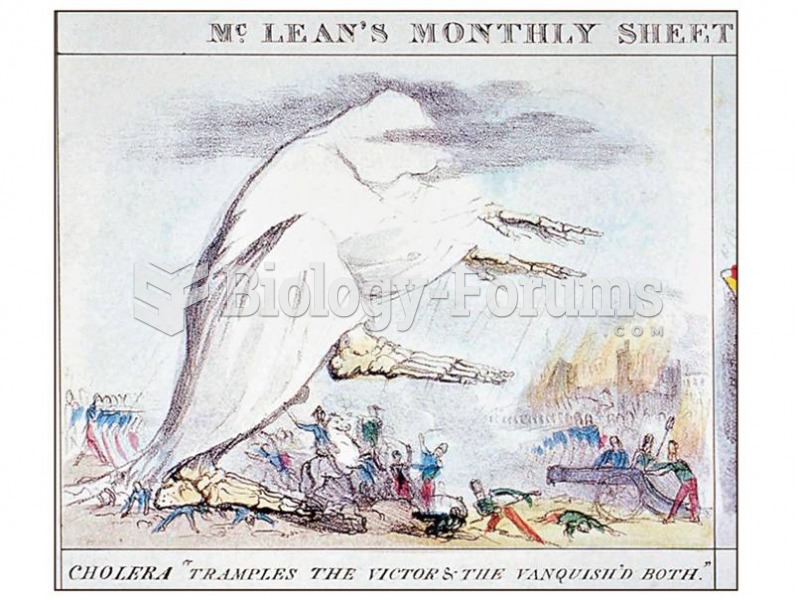Answer to Question 1
b
Answer to Question 2
The United States was the only high-income nation without some form of universal health coverage for all citizens. The U.S. Congress passed a sweeping health care reform bill in 2010 that would gradually bring about some changes in how health care is funded. Private health insurance is largely paid for by businesses and households. Beginning in the 1960s, medical insurance programs began to expand, and third-party providers began picking up large portions of doctor and hospital bills for insured patients. With third-party fee-for-service payment, patients pay premiums into a fund that in turn pays doctors and hospitals for each treatment the patient receives. According to critics, third-party fee-for-service contributes greatly to medical inflation because it gives doctors and hospitals an incentive to increase medical services. In other words, the more services they provide, the more fees they charge, and the more money they make. Patients have no incentive to limit their visits to doctors or hospitals because they have already paid their premiums and feel entitled to medical care, regardless of the cost.
The United States has two nationwide public health insurance programs, Medicare and Medicaid. Medicare is a federal program for people ages 65 or over (who are covered by Social Security or railroad retirement insurance or who have been permanently and totally disabled for two years or more). This program was primarily funded through Social Security taxes paid by current workers. Medicaid is the federal government's health care program for low-income and disabled persons and certain groups of seniors in nursing homes. It is jointly funded federalstatelocal monies. When the health care reform law passed in 2010, both the Medicaid program and the Medicare program were in financial difficulty.
Health maintenance organizations (HMOs) were created in an effort to provide workers with health coverage by keeping costs down. Health maintenance organizations (HMOs) provide, for a set monthly fee, total care with an emphasis on prevention to avoid costly treatment later. The doctors do not work on a fee-for-service basis, and patients are encouraged to get regular checkups and to practice good health practices (e.g., exercise and eat right). As long as patients use only the doctors and hospitals that are affiliated with their HMO, they pay no fees, or only small co-payments, beyond their insurance premiums.
Managed care is another approach to controlling health care costs in the United States. Managed care is any system of cost containment that closely monitors and controls health care providers' decisions about medical procedures, diagnostic tests, and other services that should be provided to patients. In most managed-care programs, patients choose a primary-care physician from a list of participating doctors.
 The wolf spider, Lycosa godeffroyi, is common in many areas of Australia. In this family of spiders,
The wolf spider, Lycosa godeffroyi, is common in many areas of Australia. In this family of spiders,
 Before the advent of vaccinations and antibiotics, infectious diseases such as cholera were the scou
Before the advent of vaccinations and antibiotics, infectious diseases such as cholera were the scou





